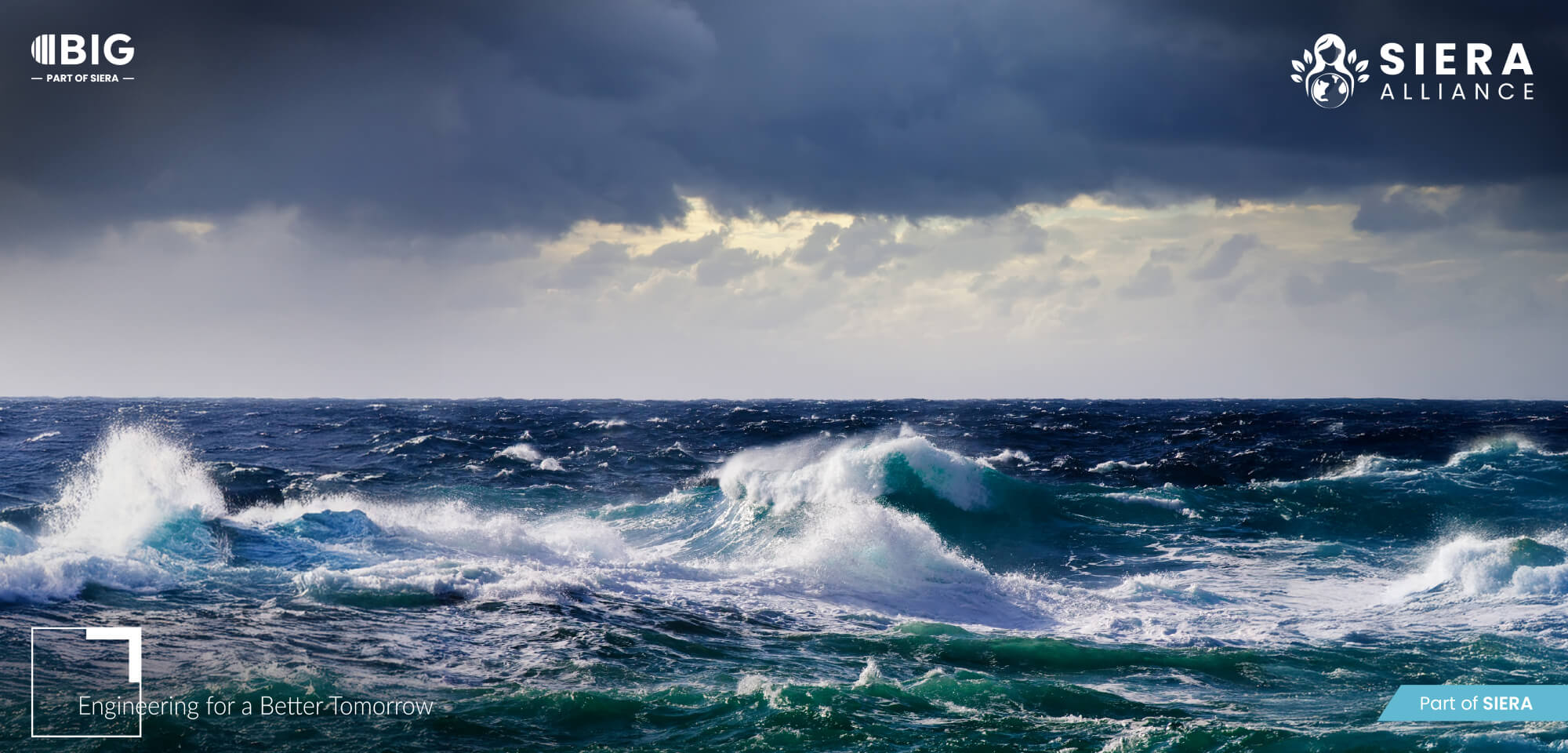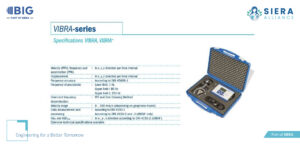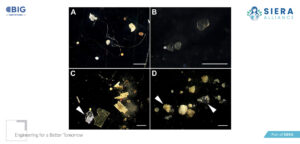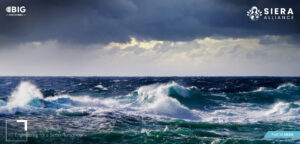In October 2021, 15 ministers of the OSPAR Commission met in Portugal. The OSPAR Commission was established by the 1992 Convention for the Protection of the Marine Environment of the North-East Atlantic, which standardised and updated the objectives of the Oslo (1972) and Paris (1974) Conventions. The current status of the measures was reported in a progress report in 2023.
One aim of the meeting was to designate a further high seas marine protected area for seabirds in the north-east Atlantic. At around 60,000 square kilometres, this area covers the high seas of the North Atlantic Current and the Evlanov Sea Basin. The area was selected as a marine protected area on the basis of tracking data because it is considered an important feeding area both for seabirds with breeding grounds on the north-east Atlantic coasts and for migratory birds on their journeys to nesting grounds in other parts of the world.
The conference also defined the OSPAR Environmental Strategy 2030 as an update of the previous North-East Atlantic Environmental Strategy (NEAES 2010 - 2020). This is based on four themes: clean seas, biologically diverse seas, productively and sustainably utilised seas and seas that are resilient to climate change and acidification. To this end, the current area of 10 % of OSPAR marine areas is to be expanded to 30 % by 2030, including through the designation of further marine protected areas.
Another aim of the strategy is to tackle environmental pollution, including plastic waste. To this end, marine litter is to be reduced by 50 % by 2025 and by 75 % by 2030.
In order to reduce the loss of plastic pellets into the marine environment, standards and certification systems for the plastic supply chains as well as a series of guidelines for the industry are to be defined.
As early as the planning phase, the Mup Group takes into account the economic realisation of the planned measures with maximum protection of the environment and resources.







